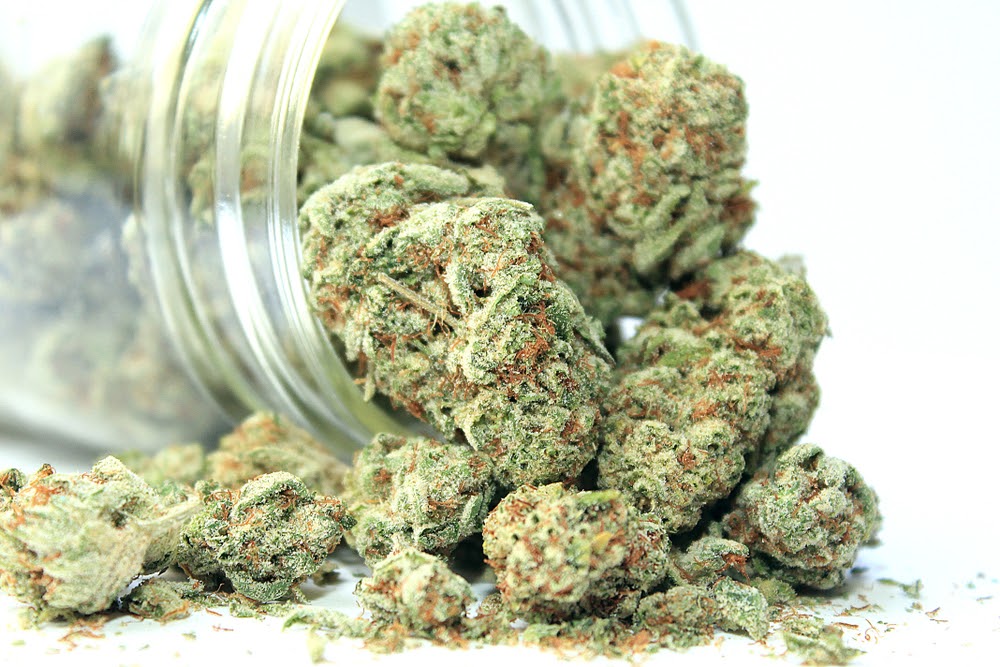Introduction
Welcome to the comprehensive guide on the Bogart marijuana strain, an iconic and popular strain in the cannabis world. In this guide, we will explore the history, genetics, effects, medical benefits, cultivation tips, and potential risks associated with the Bogart strain. Whether you’re a cannabis enthusiast, a medical marijuana user, or a curious individual, this guide will provide you with in-depth knowledge about this fascinating cannabis variety.
Chapter 1: Understanding Bogart Strain
1.1 History and Origins
The Bogart strain, also known as “Bogart’s Haze,” is a Sativa-dominant hybrid that gained popularity in the 1990s. The exact origins of the strain are somewhat mysterious, but it is believed to be a cross between Northern Lights #5 and a Haze strain. The strain was named in honor of the legendary actor Humphrey Bogart, whose classic films and iconic roles have stood the test of time, much like this cannabis variety.
1.2 Genetics and Composition
The Bogart strain is a Sativa-dominant hybrid with approximately 70% Sativa and 30% Indica genetics. Its Northern Lights #5 lineage contributes to its Indica genetics, while its Haze lineage brings the energizing and uplifting Sativa effects.
Chapter 2: Effects and Medical Benefits
2.1 Effects
Bogart is renowned for its potent and well-rounded effects, making it a favorite among recreational and medicinal users alike. The high is often described as cerebral and euphoric, producing a rush of creativity, focus, and happiness. Users may experience an initial boost in energy and motivation, making it a suitable strain for daytime use or social situations.
As the high progresses, the Indica traits become more apparent, providing a relaxing and soothing sensation throughout the body. Some users may feel an enhanced sense of appreciation for art, music, and other sensory experiences. However, novice users should approach this strain with caution, as its potency may lead to paranoia or anxiety in high doses.
2.2 Medical Benefits
The Bogart strain’s diverse cannabinoid profile and terpene content have made it a valuable option for various medical conditions. Some potential therapeutic benefits include:
Chronic Pain Relief: The strain’s analgesic properties may alleviate chronic pain conditions, such as arthritis, migraines, and fibromyalgia.
Mood Disorders: Bogart’s uplifting effects can help manage symptoms of depression, stress, and anxiety disorders.
Fatigue and Focus: Its energizing properties may combat fatigue and increase focus and productivity.
Nausea and Appetite Stimulation: Bogart may help alleviate nausea and stimulate appetite in patients undergoing chemotherapy or those with eating disorders.
Chapter 3: Growing Bogart Marijuana Strain
3.1 Cultivation Tips
Cultivating the Bogart strain can be a rewarding experience for experienced growers. Here are some essential tips for successfully growing this cannabis variety:
Climate and Environment: Bogart prefers a warm and sunny climate, similar to its Haze lineage. However, it can also thrive indoors with proper lighting and temperature control.
Soil and Nutrients: Provide well-draining soil rich in organic matter. Supplement with balanced nutrients during different growth stages, but be cautious not to overfeed.
Indoor vs. Outdoor: While indoor cultivation allows for better control over environmental factors, outdoor growing can result in larger plants and potentially higher yields.
Pruning and Training: Bogart tends to stretch during the flowering stage, so pruning and training techniques, such as topping and LST (low-stress training), can help maintain a manageable height and improve overall yield.
Flowering Time: The flowering period typically lasts around 10 to 12 weeks. Be patient during this phase, as the strain may require additional time to reach its full potential.
Chapter 4: Potential Risks and Precautions
4.1 Side Effects
As with any cannabis strain, the Bogart strain comes with potential side effects, especially when consumed in excessive amounts or by inexperienced users. Some common side effects may include:
Dry Mouth: Known as “cottonmouth,” this condition can be managed by staying hydrated and drinking plenty of water.
Dry Eyes: Eye drops can alleviate discomfort caused by dry eyes.
Anxiety and Paranoia: High doses of Bogart may trigger anxiety or paranoia, particularly in users sensitive to THC.
4.2 Legality and Responsible Use
Before considering using the Bogart strain or any cannabis product, it’s crucial to be aware of the legal status of marijuana in your region. Ensure you are in compliance with local laws and regulations regarding cannabis.
Responsible use involves understanding personal tolerance levels and using cannabis in moderation. If you are new to cannabis or have any medical conditions, consult a healthcare professional before consumption.
Conclusion
The Bogart marijuana strain has earned its place in cannabis culture with its unique effects, intriguing history, and potential medical benefits. As with any strain, responsible use and moderation are essential to enjoy the full potential of this cannabis variety. Whether you’re a seasoned cannabis enthusiast or a beginner exploring different strains, the Bogart strain is undoubtedly worth trying for its well-rounded effects and potential therapeutic applications. Always prioritize safety and legality when engaging with marijuana and its derivatives. Happy toking!
- Top CBD Options for Dogs An In-Depth Review By The Veritas Farms - September 11, 2024
- The Ultimate Guide to the Best CBD Oil In-Depth Review By CBD Pure - September 3, 2024
- Conquering the Outdoors: My Personal Adventure with the Vessel Expedition Series! - July 25, 2024

